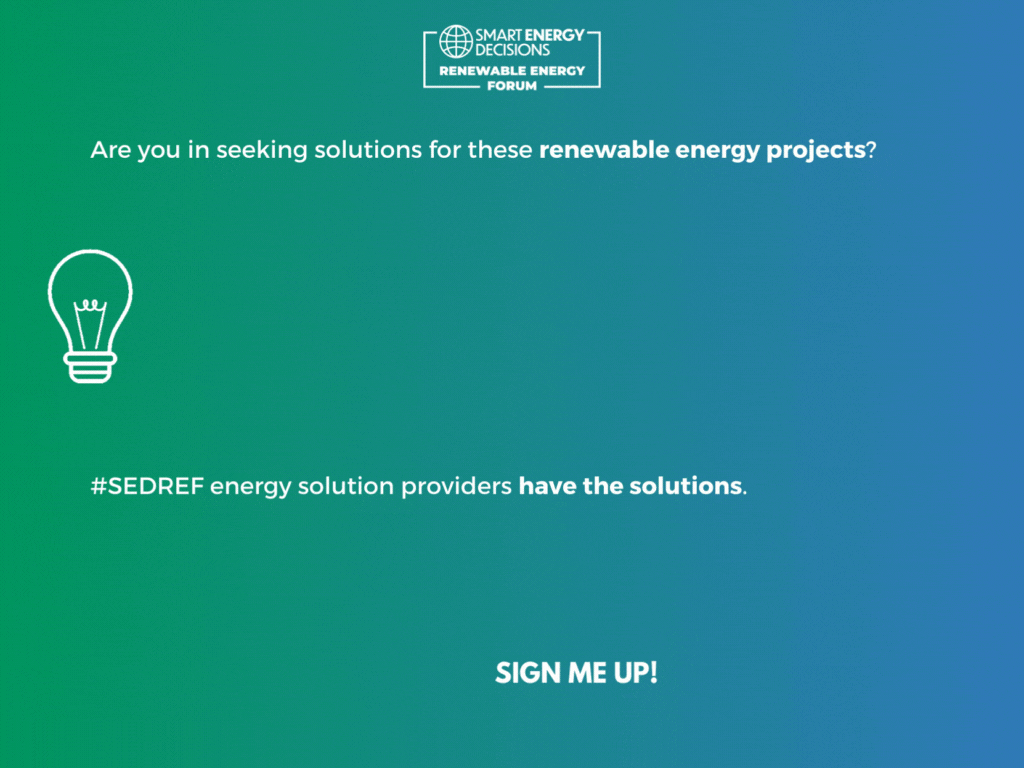Regulation, Sourcing Renewables - June 9, 2020
UC Berkeley finds U.S. could achieve 90% RE by 2035
The University of California, Berkeley released a report June 9 that concludes that the United States has the potential to deliver 90% clean, carbon-free electricity nationwide by 2035 at no extra costs to consumer bills, but only if robust policy reform is put in place.
By achieving 90% clean energy by 2035, the U.S. would reduce economy-wide carbon emissions by 27%. 2035 Report: Plummeting Solar, Wind, and Battery Costs Can Accelerate Our Clean Energy Future identifies that by achieving 90% clean electricity by 2035, $1.2 trillion in environmental and health costs could be avoided through 2050 by reducing damages from air pollution and carbon emissions. Under this model, declining costs for clean energy generation could allow the U.S. to retire fossil fuel production and reduce gas generation by 70% in this timeframe.
The bulk of the 90% clean electricity could come from wind, solar and battery storage, with no need for new fossil fuel generators to meet demand. Strategic policies could give coal and gas plants time to recover their fixed costs before 2035 without harming consumers or investors.
The 2035 Report outlines some suggested policies that, if implemented, could result in the country reaching that 90% clean electricity goal by 2035 and 100% by 2045, specifically if that goal is outlined as an official policy in itself. The main suggestions include complementary policies that support clean energy deployment, address wholesale market failures, remake utility grid regulation and ensure equitable and fair energy transition for impacted communities.
“We’re talking about the ability to achieve near-100 percent clean electricity by 2035, in half the time most people are talking about,” David Wooley, professor at the UC Berkeley Goldman School of Public Policy and Executive Director of the Center for Environmental Public Policy, said in a statement. “This is exciting, because the 2035 timeframe is actually compatible with climate realities. However, this outcome isn’t possible without strong policy changes and our hope is this report can help inform the dialogue on federal, state, and corporate policies needed to achieve it.”
Stay Up-To-Date












